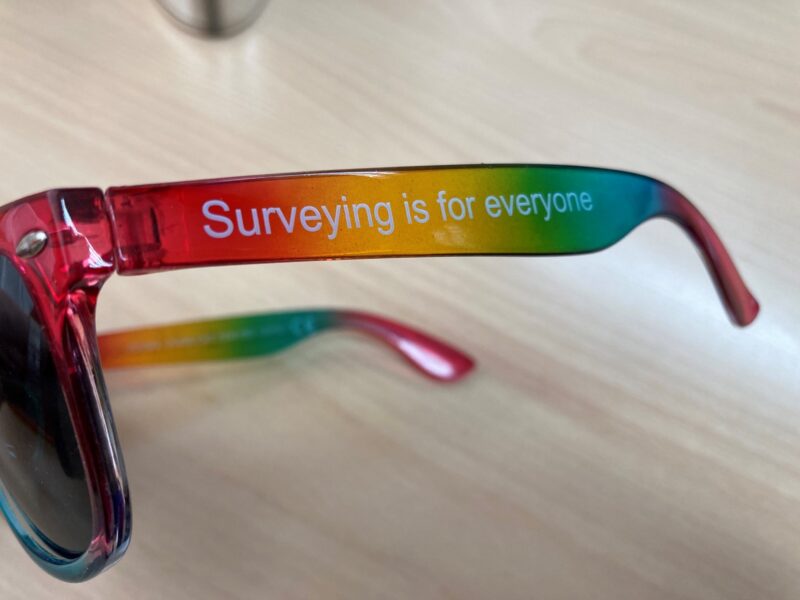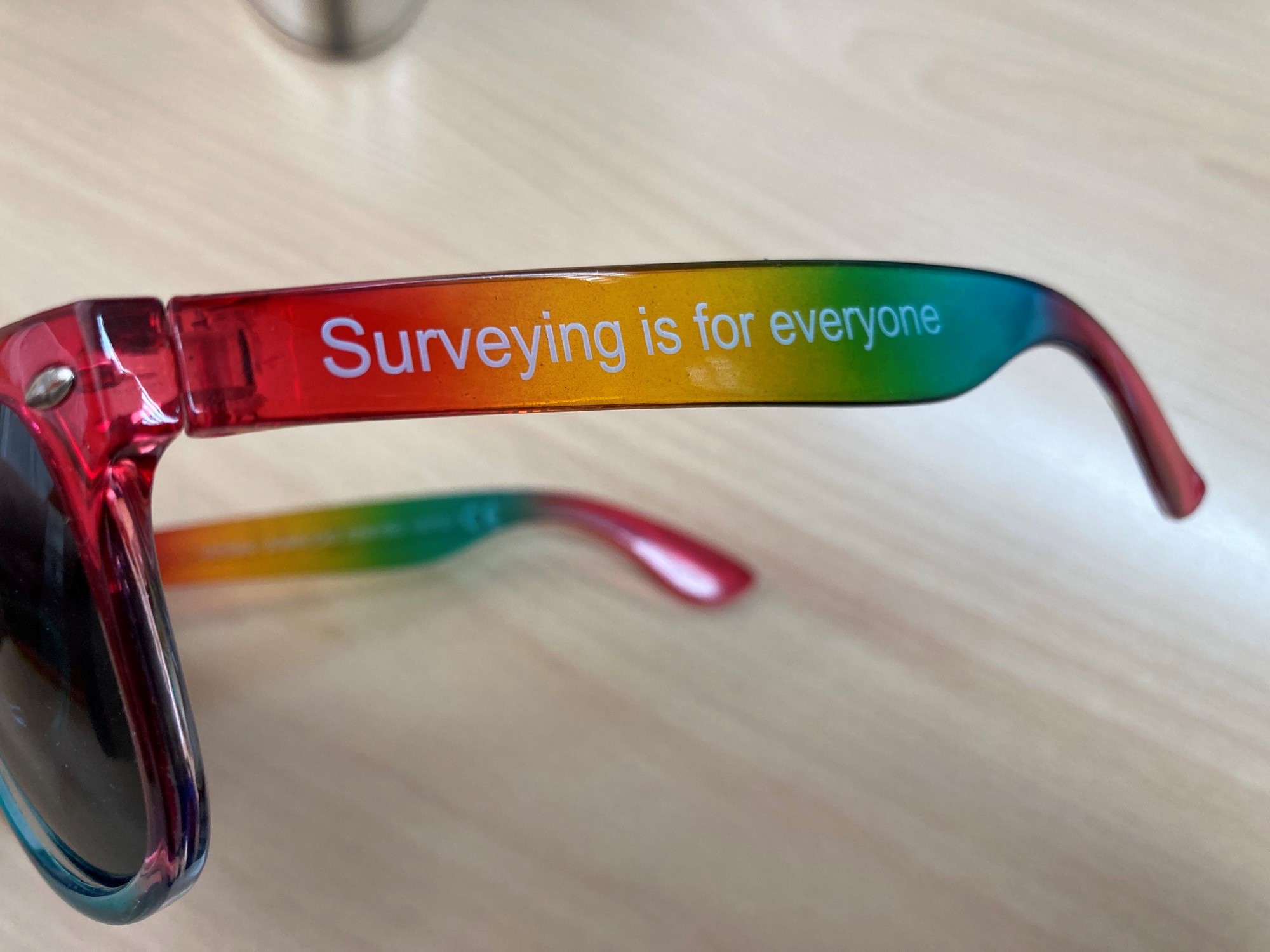Published: 18 May 2022
As in any sector, the importance of diversification in all its forms is an embedded part of the surveying landscape. Although the construction industry has historically been male dominated, there is a lot being done to encourage women into the industry – and TSA is actively trying to raise awareness and address the importance of diversification across the profession.
As a whole, the construction industry in general is becoming a more diverse arena. Building sites having been traditionally seen as a male-dominated sector, like other industries such as haulage and engineering. But when it comes to building and land surveying, companies have been more progressive in their approaches. In this web article we’ll be addressing the importance of having a diverse workforce, including representation from all ages, genders, ethnicities and social backgrounds, to ensure that all perspectives are heard.
A gender imbalance
In the surveying sector, since the widespread accessibility of university course in the 1980s and 1990s, there has been a diverse, inclusive approach to gender, ethnicity and social background. And this trend is continuing, as university tutoring is available to far more prospective applicants than ever before. It remains however that many women or people from a variety of ethnic backgrounds are not pursuing careers in the surveying sector.
Technical skills such as surveying and design are always going to be an important part of the construction industry and this shows no sign of abating. The fact that there is a greater proportion of female applicants than there once was, is in part due to the promotion of the sector as a great opportunity for anyone, regardless of gender, to become involved with. That said, women are still underrepresented in the surveying sector (TSA Members reported in 2021 that 19% of employees are female) and steps need to be taken to redress the gender imbalance, such as engaging in 50:50 male-female recruitment.
Also important is the promotion of women to senior roles, so they feel represented at all levels of the industry – for example, Rachel Tyrrell is the first female Secretary General in TSA’s history and the association currently has three female Council members. The more visible women can be in the surveying profession, the greater impact they can have on the industry as a whole.
Opportunities for all
There’s also a great deal of inclusivity in terms of ethnicity. Whereas in the past surveyors from differing ethnic backgrounds sometimes couldn’t find role models and opportunities in the sector, this is improving too. There are methods in place that ensure that the best person fills the role for which they are most suited, regardless of their race. It is equally important for BAME professionals in the sector to have role models in senior positions too – again, this partly from a representational aspect, but also from an aspirational perspective for those working towards building a successful career.
This also rings true for people from varied social backgrounds. Having been to the right school, then attended the right university, should not sway opinions and leverage any advantage in the employment market. Anyone with the right skills can become success and there should be a levelling up in the sector, even between geographically and economically different areas, to ensure that all are represented. A person’s age should also not be seen as a help or a hinderance, simply as a number. The experience and knowledge that age brings count, of course, but so too does the creativity and energy of youth.
TSA is against all forms of discrimination and is open and inclusive in its welcoming of new members. Across all these diversification criteria there should be no barriers to career progression and success. There should be as broad a range of experience, values and backgrounds in any company, which will give its teams the expertise, impetus and productivity required to carry out their work to the highest level.


